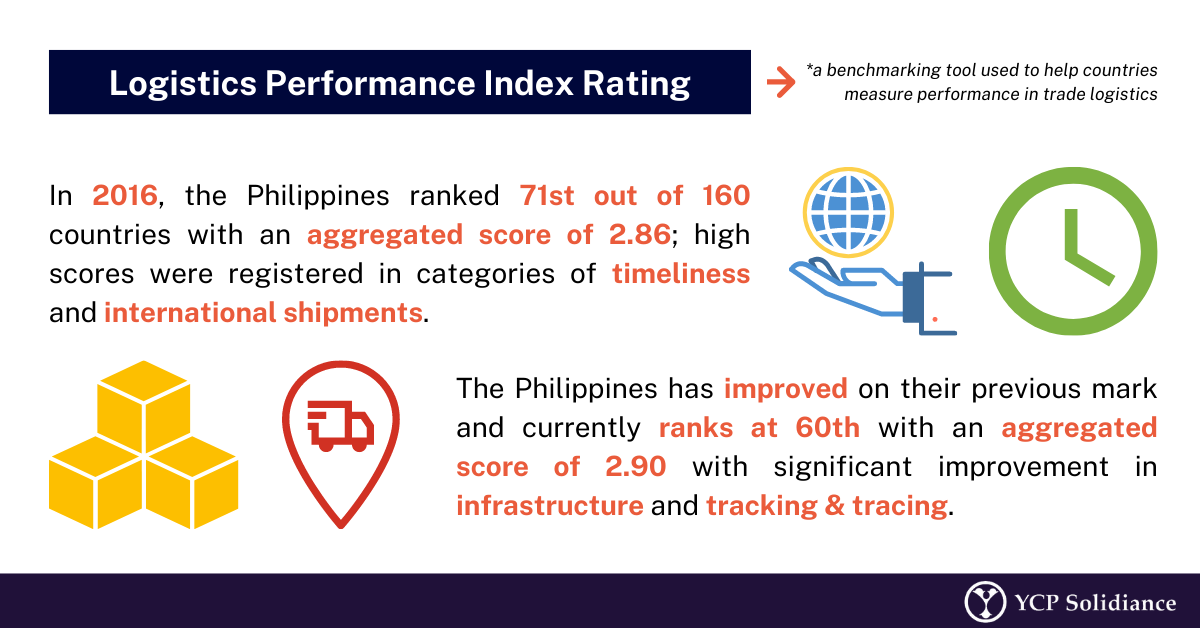Last October 7, 2021, the Supply Chain Management Association of the Philippines (SCMAP) held the second session of this year’s edition of the Supply Chain Conference – entitled SCC21 Live – wherein a panel of the sector’s top professionals gathered to discuss how businesses and stakeholders involved in Philippine supply chain processes have endured despite persisting industry issues.

In the wake of the COVID-19 pandemic, enterprises across several industries have suffered from supply chain issues arising from increased infections, restricted mobility, and reduced operational efficiency due to limited factory capacity, among other factors. As a result, affected businesses have pivoted by accelerating digitalization across their operations. Seemingly, the supply chain disruptions have presented concerned parties with a unique supply chain opportunity in the Philippines in the form of the digital revolution.
During SCC21 Live’s second session, YCP Solidiance Philippines Country Manager and Partner Anna Rellama detailed the key areas for consideration when attempting to use digital solutions to tackle the supply chain disruptions in the Philippines.

- Addressing Sectoral Differences: Considering that supply chain and logistical issues affect several industries, a crucial element of taking full advantage of digitalization is to ensure that markets develop harmoniously. When comparing the capacity of certain industries in the Philippines, stark differences are immediately observable. In e-commerce, the digitalization of supply chain processes can be seen in the on-demand ordering of products, mobile package tracking, or even the quick rate at which these orders are fulfilled. Despite the fact that the application of such methods could be beneficial in other industries, it is rarely be seen in industries like Agriculture where digitalization could be pivotal to operations.
- Uniform Capability: In addition, the difficulty of digitalizing can also be compounded by the inability to apply digital solutions evenly and properly throughout several logistical processes, which affects the entire supply chain operation. For instance, while companies can optimize inventory tracking through automation and digital databases, the efficiency of that process could be affected by other factors such as internet connectivity or dated communication channels. Therefore, the improper application of digital solutions can create inconsistencies which eventually lead to more disruptions.
- Current State of the Philippine Digital Landscape: Similar to ensuring the balanced development of sectoral capacity and operational capability, another key consideration for digitalization in the Philippines would be the infrastructure currently in place. It is essential to address fundamental issues that relate directly to digitalization, such as the lack of regulation on data, the disparity in access to technology, the digital unfamiliarity of involved proponents, etc. As the government and private enterprises work toward addressing these issues through policies and initiatives, the Philippines will be better equipped to digitally develop in a future-forward manner.
Ongoing Utilization of Tech
The Philippines has indicated promising signs of digitalizing as the application of technology in the country’s supply chain can already be seen. At the onset of the pandemic, business quickly adjusted their communication channels and shifted from face-to-face operations to an online setting; a similar trend can be observed in how society has gradually favored contactless transactions. Some companies have also applied technology to effectively gather data wherein systems can identify, analyze, and predict consumer behavior. Ultimately, this results in actionable data, which enables stakeholders to make data-driven business decisions.
Although stakeholders should tread carefully when digitalizing supply chain processes, it is important that businesses start digitalization efforts sooner rather than later. By taking on the challenge of proactively initiating digital reform to one’s own supply chain processes, these businesses will be able to fully capitalize on the benefits brought about by the digital revolution.
For more insight on the development of Asia’s supply chain processes, subscribe to our newsletter here.







